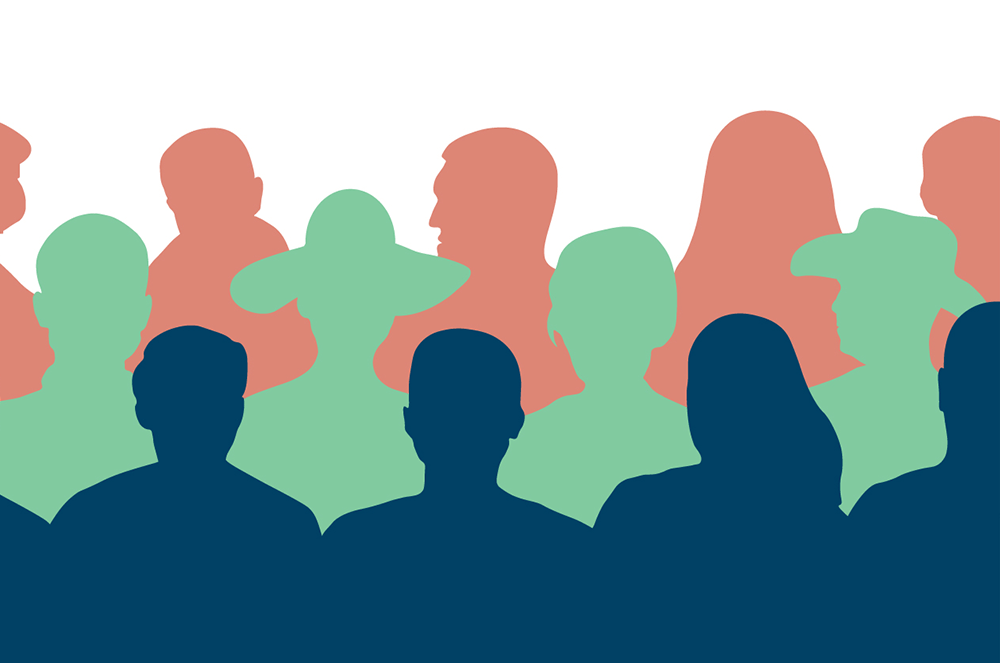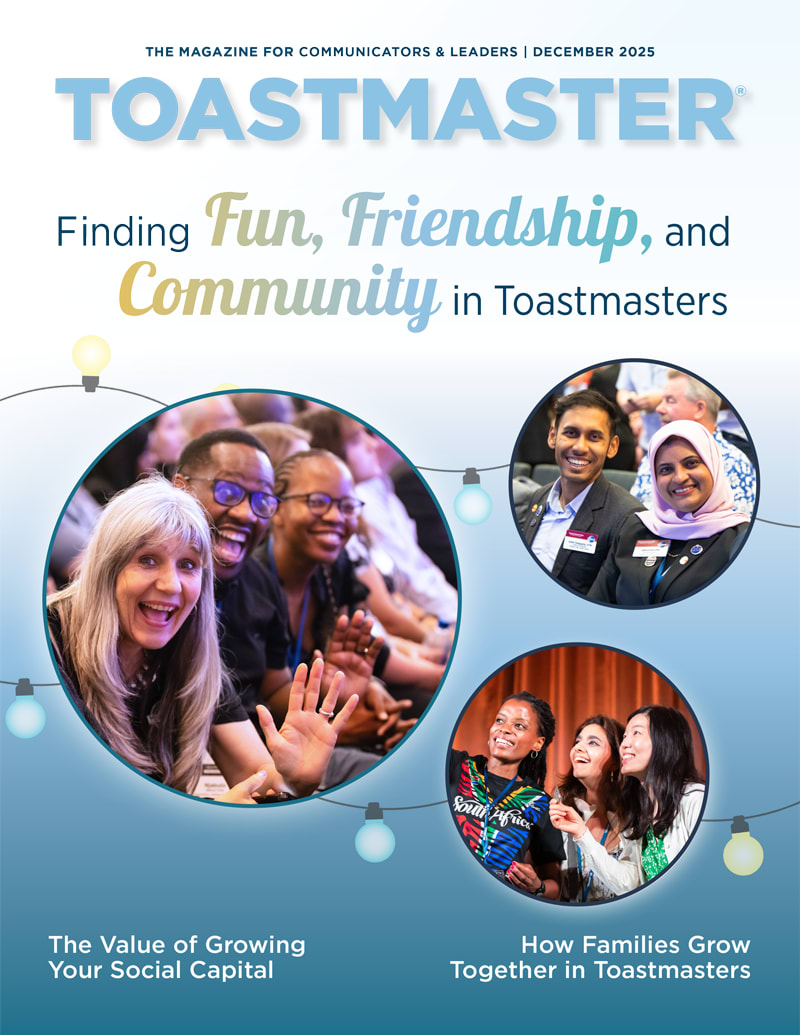
I posted a “pep talk” to my Instagram stories a few years ago. I explained that people often ask me what app or system they should use to get stuff done. Then I made the case that there was no trick to make you do work you’re not fully committed to. The secret, I clarified, was a steadfast commitment to your responsibilities.
I aimed to disrupt what viewers thought planning and productivity were all about. Within minutes, I had a direct message from a follower. It was a note of concern: I hadn’t considered my followers who struggle with cognitive processes due to ADHD or other developmental conditions and rely on apps and notifications. The follower appreciated my message but thought it might harm neurodivergent people who are still trying to live up to other people’s productivity standards.
My heart fell into my stomach. I never want to hurt anyone with my message—even inadvertently. And yet, I’d done just that.
I learned a valuable lesson that day. The message I share has the power to hurt as much as help. Who have I excluded by turning my own experiences into pat advice? Am I carelessly causing others to feel like outsiders?
I’m a podcaster and speaker. I work with other podcasters as a producer. I know the power that stories and information can have—whether delivered from a stage, into a microphone, or in a meeting. And it’s a power I want to wield with care and concern for those who listen to me.
That’s where inclusive audience awareness comes in. Inclusive audience awareness is a skill for noticing when one’s assumptions and biases make communication less effective or even harmful. The goal isn’t to dodge being “canceled.” Inclusive audience awareness isn’t about protecting the communicator. It’s about caring for the audience.
Respect and concern for others are non-negotiable when it comes to effective communication. If I want the audience to care about what I have to share, then I better care about them enough to go the extra mile to help them feel included.
From my own experience, I can tell you that this feels like a whole new layer of work at first. Even a little unnatural. But the more you practice inclusive audience awareness, the easier it is to see these linguistical and situational biases all around you—and adjust accordingly.
Misunderstandings and unintentional impacts will happen, but we can take care to steer clear when possible. Here are three ways to do that.
Check Your Assumptions
We make a lot of assumptions about our audiences—namely, who they are and what they care about. We often base these assumptions on our experiences and background. Thanks to our social wiring, we’re likely to assume that our audience—whether one person or many people—has more in common with us than they do. We’re also likely to believe that they have more in common with each other than they do.
These assumptions are part of a psychological process called social categorization. This occurs when we group people with similar social characteristics (e.g., occupation, gender, race, class, etc.). Once we’ve placed someone in a social category, that category seems to be a shortcut to all sorts of other knowledge about them. And that’s where things get dicey.
You don’t have to water down your ideas or make your stories bland to create a more inclusive message.
For example, suppose I’m speaking to a room full of adult women. I might inadvertently assume they’re all mothers or married to men. I might rely on that assumption for an example in my talk: “I know we all let out a sigh of relief when the kids are in bed, and our husbands are playing fantasy football.” The goal of that example is to connect personally—to empathize—right? For some in the audience, that will work. But I’ll alienate any of the women who are not mothers, not married, or not straight (to say nothing of different gender expressions).
Reconsider What’s Normal
Diversity, equity, and inclusion coach Erica Courdae often reminds her followers to reconsider their “normal.” She coaches people to recognize that what seems normal or unremarkable to them isn’t normal to everyone.
What seems normal to me as a white woman from the suburbs of central Pennsylvania is often utterly foreign to my white husband, who grew up between Montana, Utah, and rural Alaska. What might seem normal to you could be very different to someone in your audience who is of a different sexual orientation or another race, or who has different physical or mental abilities or a different health status.
People engage with our stories, advice, and analysis through the lens of their own experience and knowledge. And often, that experience and knowledge are quite different from our own. Misunderstandings and unintentional impacts are inevitable when we connect with each other. We end up positioned as “insiders” by virtue of our authorship, often making others feel like outsiders (usually unintentionally).
Here are some questions you can use to start cultivating a more inclusive audience awareness for yourself:
- Socioeconomic class: Am I assuming that my audience has access (or doesn’t have access) to the same financial or community resources that I have?
- Health: Am I assuming that my audience shares my health status (including mental health)?
- Education: Am I assuming that my audience has the same level of education that I have or access to the same educational resources?
- Race: Am I assuming that my audience belongs to the same race I do? Am I assuming that racialized people (categorized according to race) have the same experiences that I have?
- Gender and sexuality: Am I assuming that my audience holds the same gender identity I hold? Am I assuming that their sexuality or family structure is the same as mine?
- Family: Am I assuming that my audience has a similar relationship to their biological family as the one I have? Am I assuming that my audience has the same goals for their family as I have?
Own Your Position
Every time we communicate, we position ourselves to the subject we’re speaking on. In my case, I’m a subject-matter expert when it comes to podcasting or social media. I have firsthand experience of living with autism. And I’m more of an enthusiast when speaking on philosophy, economics, and media studies.
When I make my relationship with the subject clear to the audience, I leave room for others’ experiences or knowledge and their relationships with the topic. I’m entitled to my position. And they’re entitled to their positions. I often use phrases such as “in my experience” or “what I’ve observed with clients” to clarify my positioning.
I’m less likely to overstep and unwittingly exclude someone else’s experience or expertise when I’m clear on my position. Or, as writer Angela Garbes put it on The Feminist Present podcast, “I don’t need to be an expert in someone else’s story. I just need to tell [my] story.”
“Everyone” Is Not Your Audience
A common concern I hear when I talk about cultivating inclusive audience awareness is that it means you have to try to speak to everyone. That’s not the case. I know my audience will always be more diverse than I can imagine. And I know there will always be things I can’t know about them. When carefully considering the language, examples, and stories I share, I can speak with heartfelt emotion or compelling rhetoric without excluding people I care about.
You don’t have to water down your ideas or make your stories bland to create a more inclusive message. You don’t need to generalize ideas beyond real meaning or turn your unique story into actionable advice for the masses.
By checking your assumptions, owning your position, and reconsidering what’s “normal,” you can make room for diverse experiences without jeopardizing your own truth.
Tara McMullin is the host of What Works, a podcast that explores how to navigate the 21st century without losing your humanity, and the author of What Works: A Comprehensive Framework for Changing the Way We Approach Goal-Setting.
Related Articles

Audience
8 Tips for Engaging Your Audience

Audience
Who Are You Targeting?

Diversity and Inclusion



 Previous
Previous

 Previous Article
Previous Article